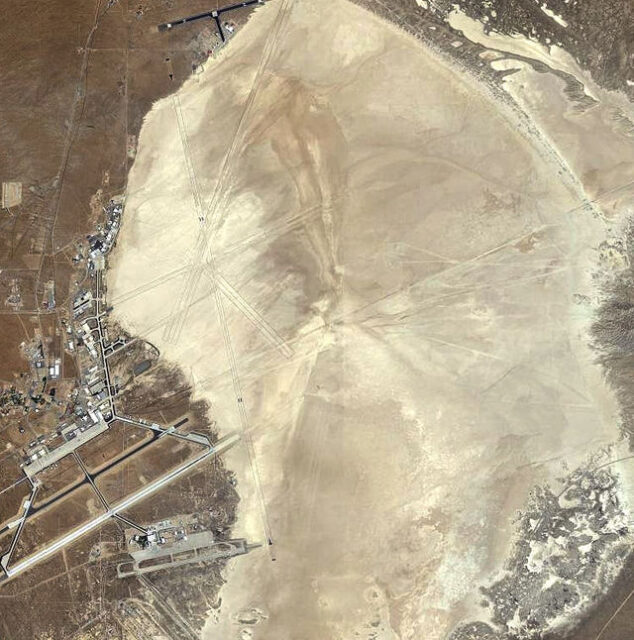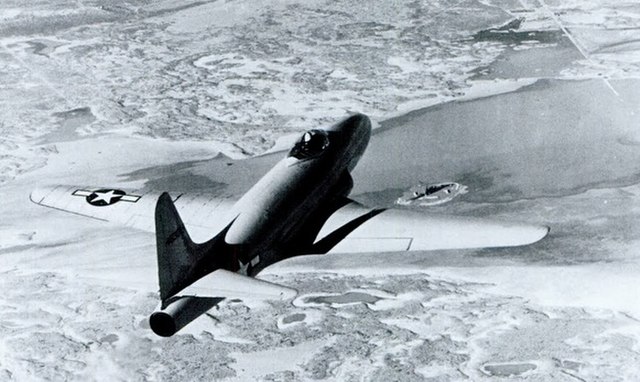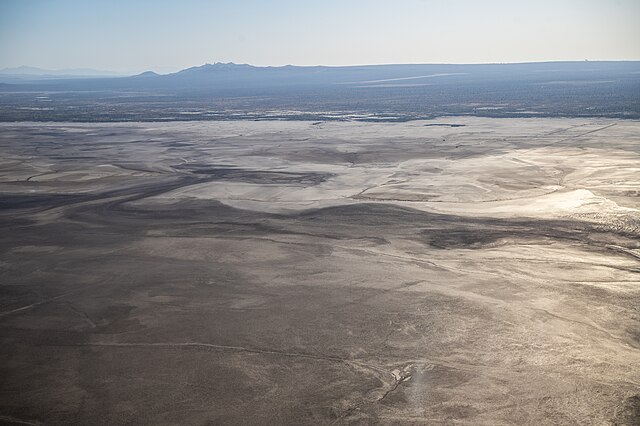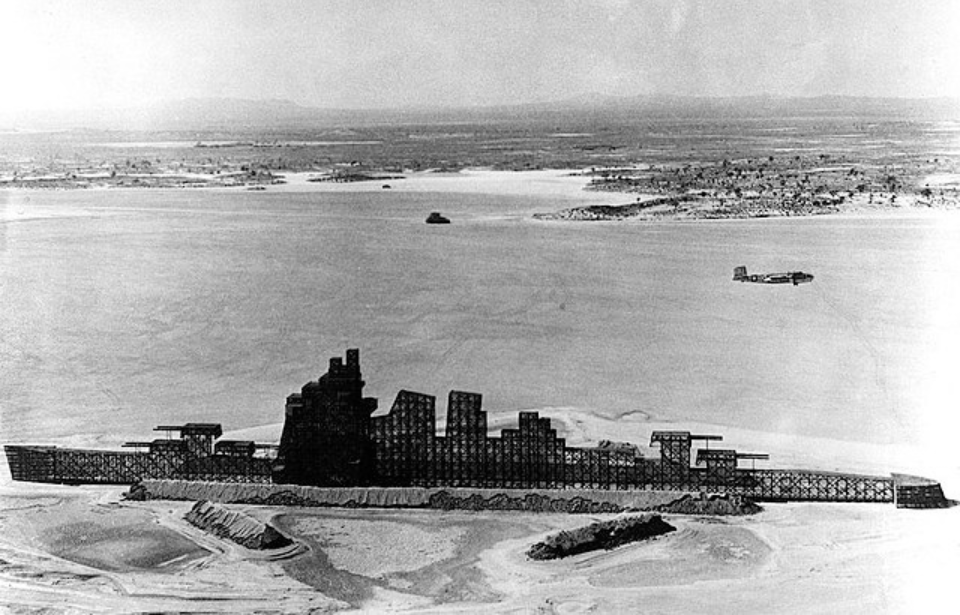Did you know the US Army Air Forces (USAAF) constructed a Japanese warship in the middle of the California desert during the Second World War? The Muroc Maru – officially “AAF Temporary Building (Target) T-799” – was built in 1943, on the lakebed of Rogers Dry Lake. This replica of a Japanese Takao-class cruiser (some sources say Akago-class) was used by American airmen to train for bombing runs against enemy warships.
Building the Muroc Maru

The replica Japanese vessel was built using four-by-four lumber and chicken wire, which were then covered in tar paper, to give the illusion of a 650-foot-long ship in the middle of the southern California desert. The cost of erecting such a massive structure was $35,819.18.
The Muroc Maru was constructed on the lakebed of Rogers Dry Lake because the site mimicked the appearance of the ocean – the sand dunes were even sculpted to create the illusion of a wake around the cruiser! It received its nickname through the combining of its location, Muroc Army Air Field, and the common Japanese suffix “Maru,” which was used in ship names.
Training American airmen for bombing runs

The decision to build the Muroc Maru was made after the Pacific Theater Training Program was transferred from Oahu, Hawaii, to Muroc Army Air Field, California, to reduce seaborne supply traffic.
The replica enemy vessel played a major role in programs designed to train USAAF personnel in bombing, strafing and warship identification techniques. One such skill that was taught there was skip bombing, a technique involving the release of munitions from low altitudes to “skip” across the water and strike Japanese ships.
Legacy of the Muroc Maru

The Muroc Maru was actively used until 1950, when it was deemed a hazard to air navigation, thanks to unexploded munitions, and subsequently dismantled. Despite its unconventional design and location, the replica ship helped prepare airmen for aerial combat, making it an invaluable piece of American history.
More from us: USS Tang (SS-306): The Decorated US Submarine That Was Sunk By Her Own Torpedo
Are you a fan of all things ships and submarines? If so, subscribe to our Daily Warships newsletter!
While the ship may be long gone, remnants of its existence remain at Rogers Dry Lake, in the form of sand berms and scattered nails, and while the area might appear unassuming for some, those who know of its history are aware of the role it performed in World War II.
